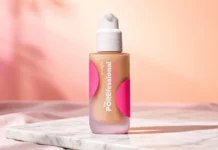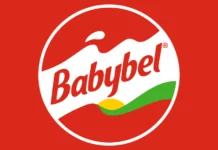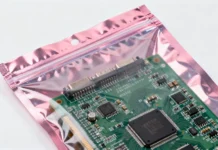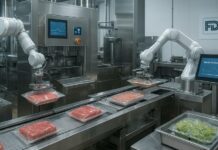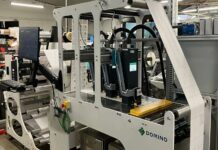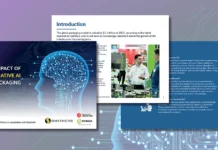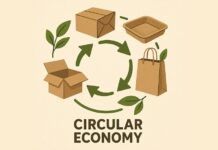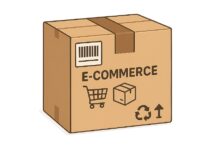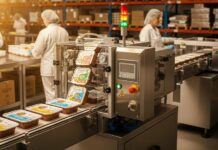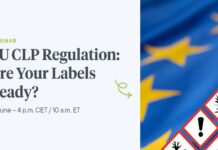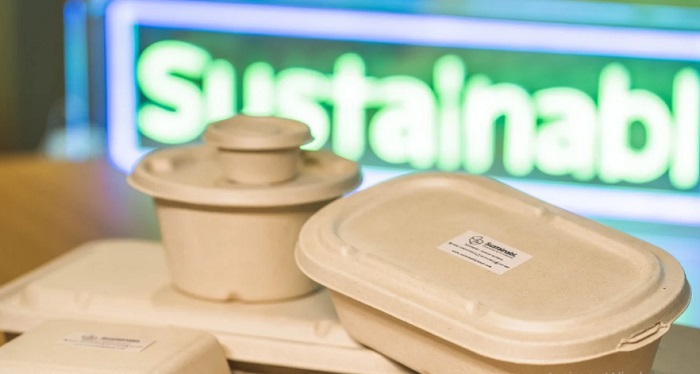As awareness around the plastic pollution crisis grows, it’s clear that cleaning up waste is only a partial solution. Addressing the roots of the issue requires a shift from the traditional “take-make-waste” linear model toward a circular economy for plastic packaging, where materials are reused and never become waste. This transformation focuses on rethinking how plastic is designed, used, and repurposed, ultimately reducing its environmental footprint. Here, we examine the latest plastic packaging trends that are pushing the industry towards a circular economy and sustainable practices.
1. Transition to Fully Recyclable Packaging
One of the most significant plastic packaging trends involves designing fully recyclable packaging. Recent advancements are driving this transition, with collaborations such as The Alliance to End Plastic Waste making strides to improve recyclability. The U.S. Plastics Pact, for instance, has set ambitious goals to promote circularity in packaging, urging brands to adopt recyclable materials that fit seamlessly within the existing recycling infrastructure. By establishing strong markets for recycled plastic, the Pact is helping to increase the demand and use of recycled materials across the United States.
To truly support a circular system, packaging must be optimized from the design stage, ensuring it can be fully recycled. This requires thoughtful planning around material choice and product design. Effective recyclable packaging uses plastics that can easily be separated and processed within recycling facilities, simplifying the journey from waste to resource and helping to reduce the amount of single-use plastic ending up in landfills.
2. Increased Focus on Environmental Impacts
As brands and organizations adopt greener solutions, plastic packaging trends increasingly emphasize understanding and reducing environmental impacts. Life Cycle Analysis (LCA) is one scientific method widely used to measure the environmental footprint of various packaging materials, examining energy consumption, water use, carbon emissions, and waste generation over the product’s lifecycle.
Interestingly, plastic packaging often shows a lower environmental footprint than materials like glass or metal when LCA is applied. Choosing the right plastic packaging technology, however, is essential to balance performance and recyclability with environmental impact. Selecting materials that optimize recyclability and reduce emissions while still being effective for containment and protection helps companies meet sustainability goals. This trend not only aligns with corporate social responsibility but also builds consumer trust, as environmentally conscious customers increasingly prefer brands committed to reducing their carbon footprint.
3. Reduction of Materials and Waste
Another major plastic packaging trend centers on reducing the amount of raw materials used, primarily by “light-weighting” packaging. Light-weighting involves creating packaging that uses less plastic, thus cutting down on production costs, conserving resources, and minimizing environmental impact. This practice has gained traction over the past decade as businesses recognize the benefits of using fewer resources and reducing shipping weights, which can lower carbon emissions.
However, light-weighting presents challenges, particularly for industries requiring robust packaging to protect goods during transportation and storage. Finding the right balance between sustainability and functionality is critical, as poorly designed light-weight packaging can impact product durability. Advances in plastic technology are helping brands overcome these challenges, creating thinner yet more durable materials that allow for reduced waste without compromising quality.
Reducing materials and waste is no longer an option but a priority for many companies, especially as they align with environmental targets set by governments and environmental organizations. Light-weighting, along with other reduction strategies, demonstrates a clear commitment to sustainability, appealing to eco-conscious consumers and helping brands achieve broader environmental objectives.
4. Increased Post-Consumer Recycled (PCR) Content
Using post-consumer recycled (PCR) materials is another core trend reshaping plastic packaging, driven by growing demand for sustainable alternatives and pressure to reduce reliance on virgin plastics. PCR content refers to the materials reclaimed from previously used consumer products, which are cleaned, processed, and reintroduced into new packaging. This shift toward PCR not only conserves resources but also fosters a circular approach to packaging.
One of the primary challenges in increasing PCR content in plastic packaging, however, is the variability in the PCR supply. Clean, color-free PCR is in limited supply, as packaging waste streams often contain colored plastics and other impurities. Contaminants such as coextruded materials and remnants of previously packaged products complicate the recycling process, sometimes rendering the material unsuitable for specific uses, particularly in food packaging where safety standards are stringent.
An important solution is to transition from multi-layer to single-material plastic packaging. Multi-layer plastics, while often necessary for certain food or pharmaceutical applications, can disrupt recycling streams. By using single-material plastic, companies reduce contamination risks and streamline recycling. The PET industry, for example, has led the way in increasing PCR use, developing solutions that meet food safety standards while maximizing recycled content. The sector has set an example by successfully incorporating PCR materials in various products, highlighting that with the right technology, it’s possible to meet regulatory requirements and sustainability goals simultaneously.
The Path Forward for Plastic Packaging
As more brands recognize the need for sustainable packaging, the plastic packaging industry will continue to shift towards eco-friendly solutions. Future plastic packaging trends will likely expand on the current focus areas: recyclability, environmental impact, material reduction, and PCR content. However, achieving meaningful change will require collaboration across industries, with support from governments, companies, and consumers alike.
Several initiatives, such as the introduction of plastic taxes, incentives for sustainable packaging, and legislative mandates on plastic content, are already in place to promote a more sustainable approach to packaging. Policies that encourage innovation in materials and design, as well as the development of more advanced recycling technologies, can accelerate progress toward a fully circular economy.
Consumer Demand and Brand Responsibility
Consumer expectations for environmentally friendly packaging continue to rise. Studies indicate that younger generations, particularly Gen Z and Millennials, prioritize sustainability when making purchasing decisions. This shift in consumer behavior is reshaping brand strategies, pushing companies to adopt sustainable practices or risk losing their competitive edge. Brands that embrace these plastic packaging trends can build stronger relationships with eco-conscious consumers, enhance their reputation, and position themselves as industry leaders in sustainability.
To meet these expectations, companies need to make packaging choices that reflect their commitment to the environment. Innovations such as compostable plastics, bio-based materials, and biodegradable alternatives are being explored as part of this trend, offering new avenues for sustainable packaging. Additionally, brands that transparently communicate their environmental efforts, including the use of PCR materials or reductions in material weight, are more likely to attract and retain customers who value sustainability.
Embracing the Circular Economy
Ultimately, these plastic packaging trends are steering the industry towards a circular economy, where plastic waste is minimized, and resources are continuously repurposed. As brands and consumers alike embrace this model, the shift from a linear economy to a circular one will play a crucial role in reducing the environmental impact of plastic packaging.
The transition toward sustainable packaging solutions is not without its challenges, including technological hurdles, costs, and limited availability of certain materials. However, the potential benefits for the environment and society are significant, making this an essential journey for the industry.
By focusing on fully recyclable packaging, reducing materials and waste, incorporating higher PCR content, and committing to lowering environmental impacts, companies are positioning themselves to meet the demands of a more sustainable future. As these trends evolve, the plastic packaging industry is likely to see continuous improvements in sustainability, benefiting both the environment and the economy. Through collective efforts, the path to a greener, more sustainable packaging ecosystem is within reach, promising a healthier planet for future generations.



